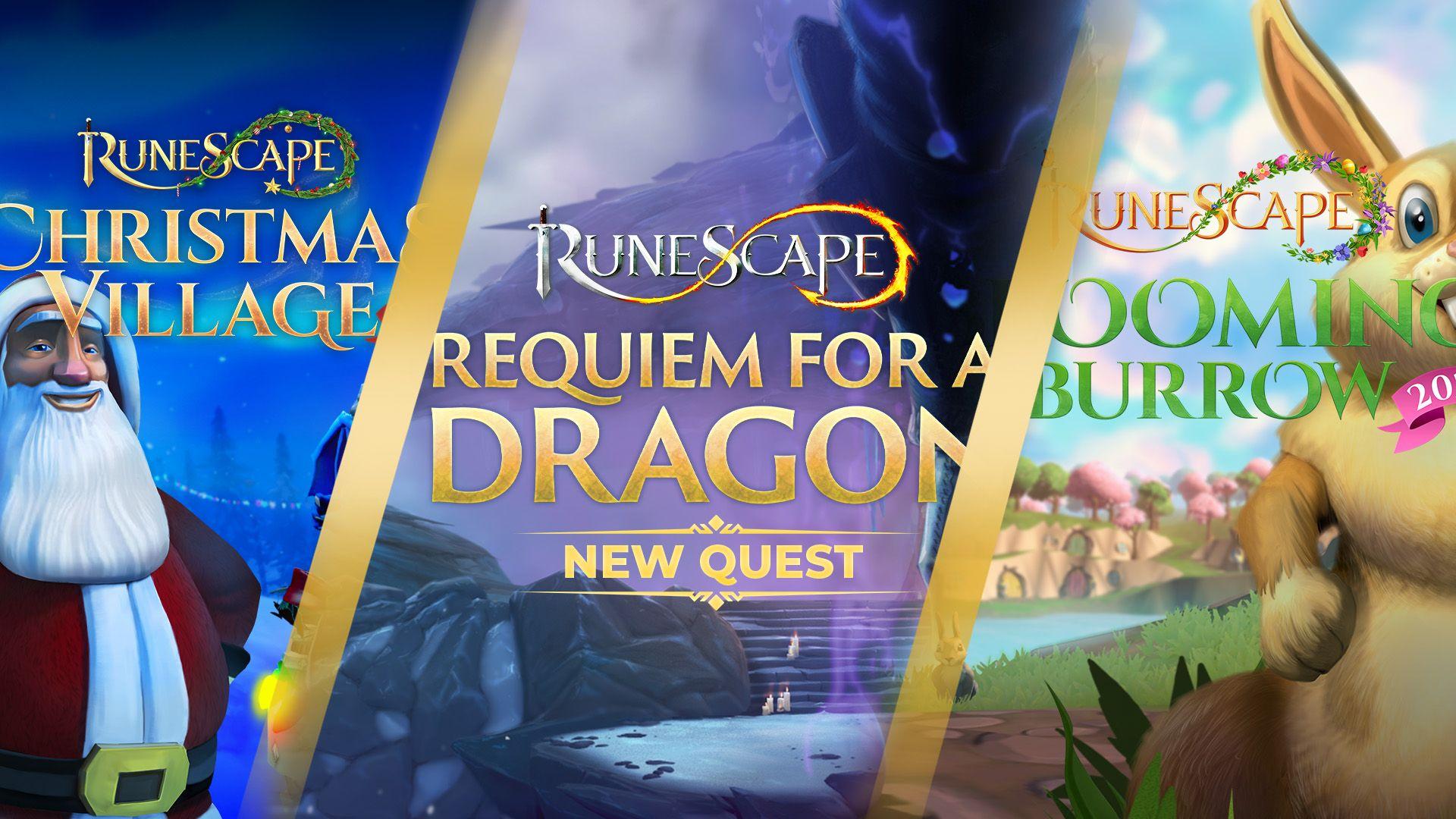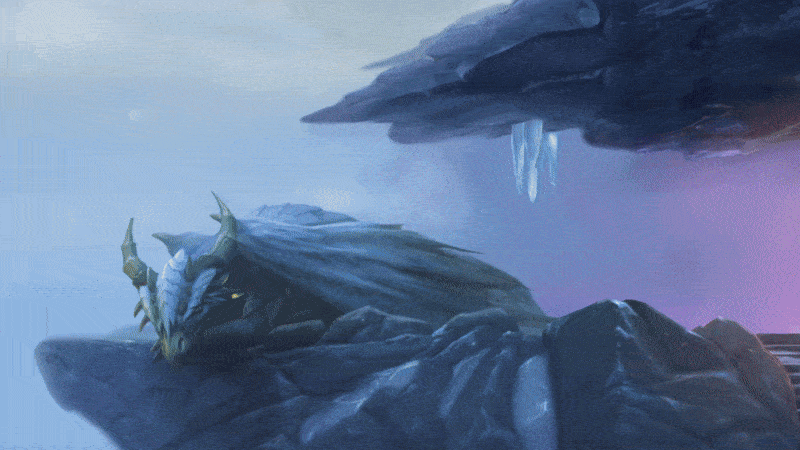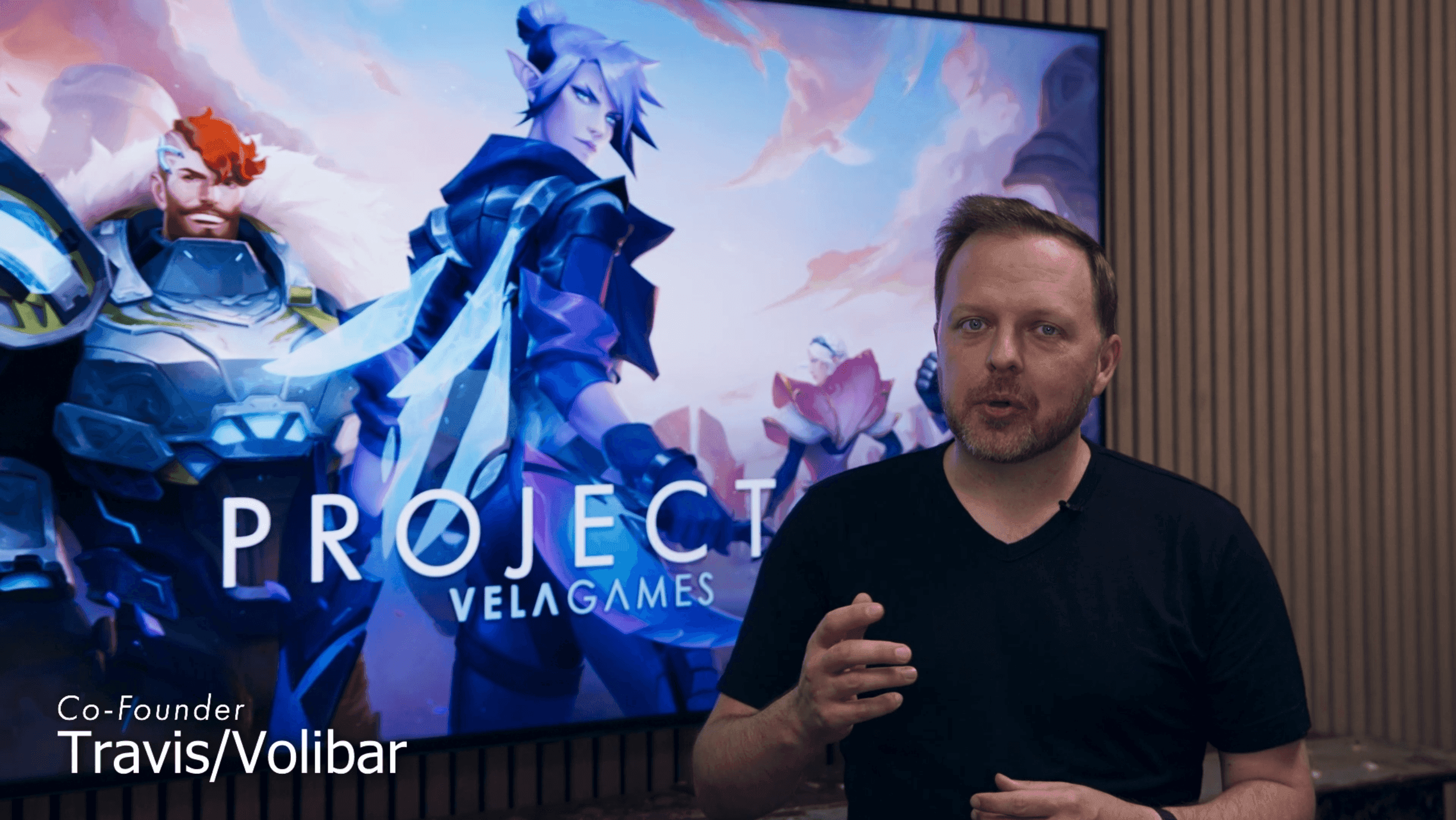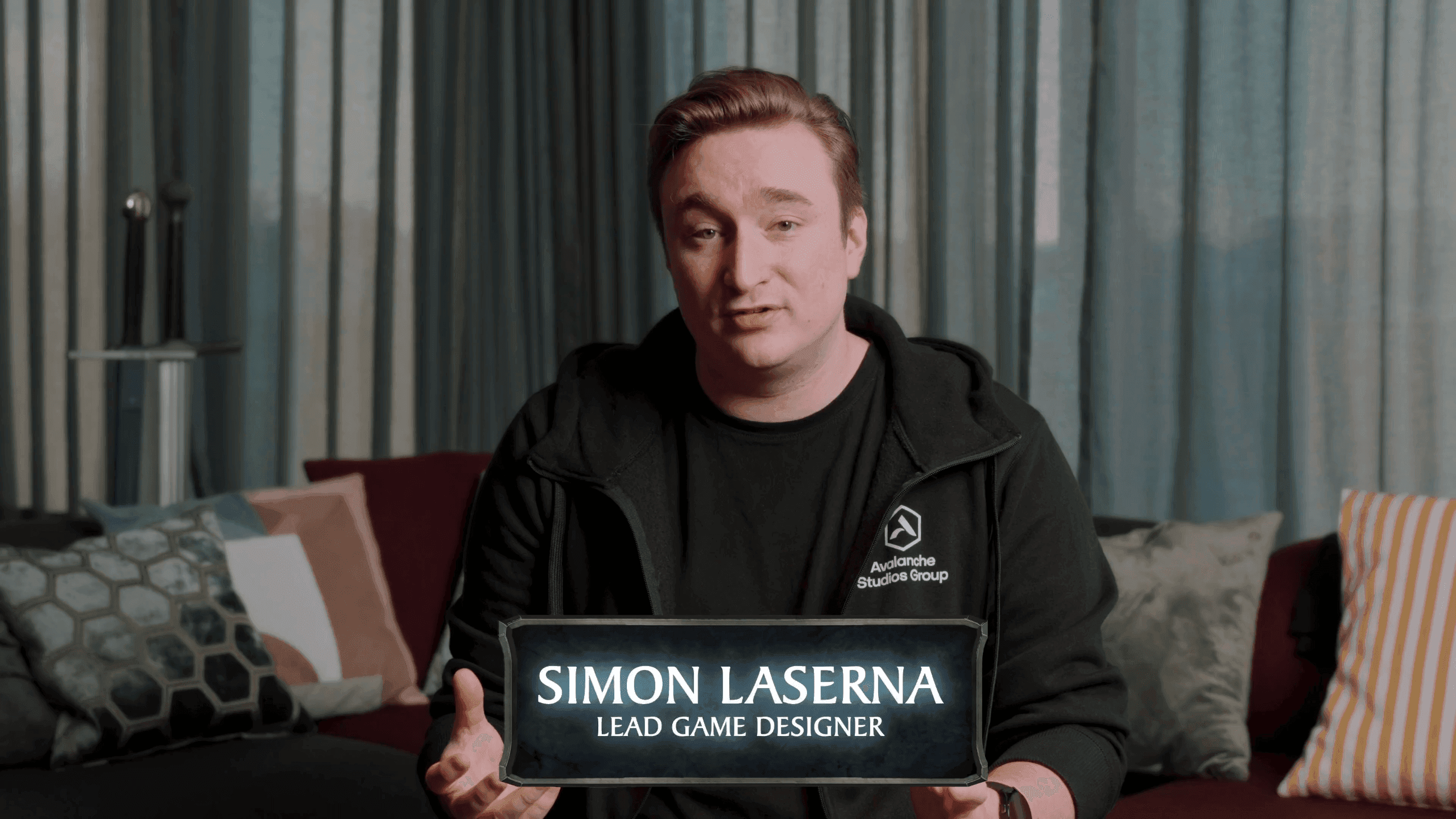Empowering teams to communicate with their players through video
Contributors

Video games and their communities are constantly evolving. The way players engage with games, both through their communities and their development processes, is as unpredictable as it is powerful. In a field where consumer trust is so critical, it’s essential to have the tools to effectively communicate with your audience.. Balancing your communications with transparency and modesty can be a powerful tool to build empathy among your community for the content you’re creating.
Developer diaries can be extremely effective at pulling back the curtains on a game’s development and giving credit to the people behind the product, not just the public figureheads. We’ve seen the power of video content time and again at RAID Studios. Our Creative Team has years of collective experience working on innovative and exciting projects, delivering new experiences in new formats. And yet, we’ve found ourselves time and again coming back to Developer Diaries as one of the most effective methods of communicating the passion, creativity, and drive of development teams.
Recently, we’ve worked with the team at Jagex to deliver a series of Developer Diaries for RuneScape. These video pieces have spanned multiple content releases, and relied on a close and effective collaboration with Jagex’s internal creative team. While their video team worked to record footage with designers, developers, writers, and artists on-site at Jagex HQ, our team was hard at work editing, refining, and packaging the content. Through all of this, both teams have worked together to maintain the standard and the creative direction of previous RuneScape video content.
The Edit
Every organization has a slightly different content pipeline, which creates a unique fingerprint - or look and feel - for their content. That means familiarising ourselves with the various cameras and lighting environments we can expect from them. It means ensuring that we’re comfortable with the LUTs, Color Grades, and various audio processing techniques used by the video team. All of this is essential to ensuring a consistent aesthetic - once the footage is shot under the same conditions as previous content, we should be able to match it to the established style.
The first step once we receive content is always the rough cut. Our creatives tend to find that this is the most fun part of every project - breaking down the raw videos delivered into their component parts, and assembling them into a narrative that establishes the essence of the piece. While we usually work to a script, finding the best takes, balancing the airtime for the guests, and blocking out the framing of each shot to match body language helps direct the narrative. All of these facets are essential to constructing the video’s core - even down to decisions as simple as whether to keep a shot wide, or cut to a closer shot of the speaker. Once we’ve found the core of the video, everything else comes down to fine tuning.
Contextualisation becomes essential at this stage, and this is where we usually begin to employ gameplay capture, and elements such as key art and sketches. Not only this it help support the script, it’s also a great way to retain the attention of the viewer. Our team typically handles all gameplay capture in-house, and we enjoy the flexibility of being able to capture on the fly, but we have also worked with internal teams at Jagex when content isn’t yet at a stage where we can be given access to it.
Finally, we tend to add a light touch of B-Roll - this can help to humanise the speakers and foster a connection with the viewer. It also adds a subtle bit of visual flair that helps to break up the patterns of interview footage and gameplay. It’s a subtle addition, but minor differentiation is a great tool to help keep an edit from feeling stale.
The Music
No video is complete without appropriate music - it sets pacing, and audibly guides the viewer through the various chapters of the video. It’s also a tool to subtly elicit whatever emotions we want the viewer to associate with the content and themes of the video. Where possible, we use bespoke music to reinforce key themes, match video pacing, and enhance the overall experience of the video.
Animation
Key art is a powerful tool for visual storytelling - it’s present across the entire promotional campaign for a content beat, and it tends to captivate the audience more than most other types of content. We like to tie this key-art in with our videos by adding animation to key art pieces where possible. This can be as simple as adding particle effects, panning to reveal a character, animating in the text title - adding a bit of flair to the key art is the final touch that caps off a great promotional video.

At RAID, we understand that developer diaries are a key tool for communication with players. Humanising a product team and celebrating their incredible work, all while building excitement for an upcoming release - it’s a dream combo for any studio.
Supporting clients like Jagex to facilitate the creation of these video pieces is a key part of our strategy to unlock their teams - allowing them to focus on what they do best, while helping them put their best foot forward with their community. Whether we’re freeing up bandwidth for an existing creative team, or creating these video pieces entirely from scratch, they’re one of the most important parts of our creative toolkit.
Examples of our Developer Diaries
Requiem for a Dragon:
The Blooming Burrow:
Christmas Village

